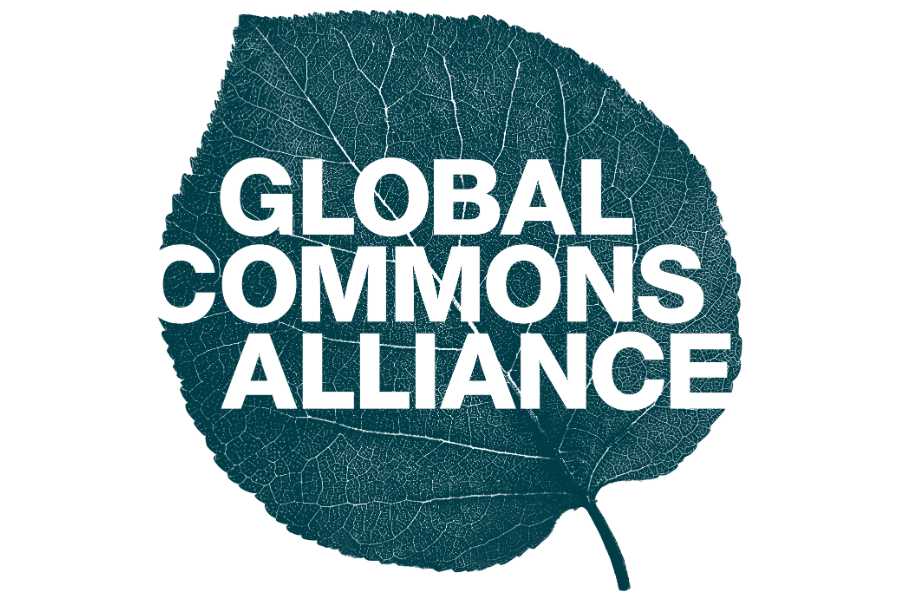
Filling a crucial gap in addressing the Earth system crisis through global governance enhancement and innovation.
Climate Governance Commission – the Mission
The Climate Governance Commission works to close critical gaps in the global response to the planetary emergency – driven by climate change, biodiversity loss, and pollution. Today, six of nine Planetary Boundaries have been breached, pushing Earth beyond its safe operating space and putting human well-being at risk.
Despite years of international effort, global climate action remains too slow and fragmented. The world is behind in its climate obligations, and must halve emissions every five years, starting in 2025, translating to approximately 12% emission cuts annually. At the same time, the resilience of the planet's life-support systems must be restored and protected. Solutions are available, but implementation is falling short. The Commission asks a fundamental question: what is holding progress back, and how can system-wide change be activated?
To help close crucial climate and planetary action gaps, the Climate Governance Commission focuses on turning proven solutions into real-world impact. This means accelerating implementation, expanding the reach of effective policies, and advancing governance that reflects the latest Earth system science. Forming targeted coalitions is central to this effort, bringing actors together to align climate goals with what the planet’s limits demand.
Three Gaps Impeding the Development
In its 2021 Interim Report, “Governing Our Climate Future,” the Climate Governance Commission identified three major gaps blocking effective climate action:
With the planetary emergency intensifying and time running short, closing these gaps demands new, bold thinking. The Interim Report offers pathways to bridge these divides and accelerate climate progress.
The Solution-Action Gap
The Policy Gap
The Governance Gap
Understanding the Gaps
-
While many technological, economic, political, and social solutions exist, they are not being implemented fast or fairly enough to match the scale of the crisis. For example, the Exponential Roadmap Initiative has identified 36 ready-to-deploy solutions that could keep global temperature rise within safe limits, but these remain underused and unevenly distributed.
-
Policies that could support these solutions are often slow to take hold or lack widespread adoption. Essential measures like green technology incentives, consistent carbon pricing, and the removal of fossil fuel subsidies are patchy and insufficiently scaled across countries and regions. Policies must not only enable climate action but also do so equitably and at the speed the crisis demands.
-
Global governance systems are currently inadequate to enforce ambitious, just climate action. Critical gaps remain in monitoring, risk forecasting, and real-time reporting on Earth system indicators aligned with the latest science and Planetary Boundaries. Existing international climate commitments suffer from weak accountability and enforcement. Meeting the demands of the Anthropocene requires new or reformed institutions and legal frameworks focused on reliable implementation and shared responsibility.
Moving Forward
Solutions to these gaps exist, but success depends on effective policy, finance, and leadership to enable rapid, global-scale implementation. So far, leadership has too often prioritized short-term national interests over the common good, limiting progress. Few countries are currently on track to meet the 1.5°C target, underscoring the urgent need for systemic change.
The Commission’s explorations point to several promising pathways forward, including:
Bottom-up initiatives supported by strong top-down leadership and targeted smart coalitions
Reforming outdated governance models alongside strengthening existing frameworks
Enhancing international law, accountability mechanisms, and treaty-making with clear focus on enforcement and implementation
Partnering Institutions
As part of this work, the Commission partners with leading institutions – including Stimson Center, Council on Energy, Environment and Water (CEEW), the Club of Rome, World Resources Institute (WRI) Africa, Plataforma CIPÓ, the Villars Institute, Earthna, the Exponential Roadmap Initiative (ERI), the Institute for New Economic Thinking, Exponential Roadmap Initiative, and the Julie Ann Wrigley Global Futures Laboratory – and contributes to the Mobilizing an Earth Governance Alliance (MEGA) initiative. The Climate Governance Commission is a member of the Global Commons Alliance.













